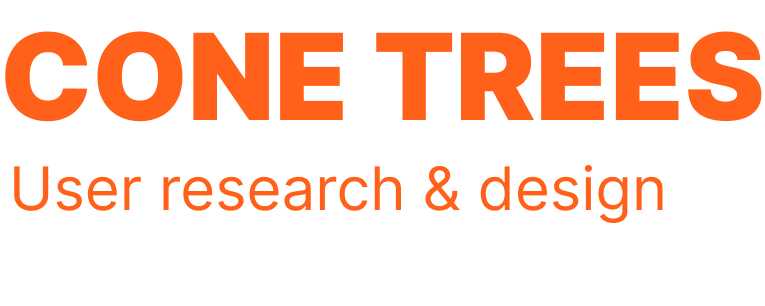What is Context of Use?
Designing for usability involves establishing user requirements for a new system or product, developing design solutions, prototyping the system and the user interface, and testing it with representative users. However, before any usability design or evaluation activity can begin, it is necessary to understand the Context of use for the product, i.e. the goals of the user community, and the main user, task and environmental characteristics of the situation in which it will be operated.
Source: Macleod (1994). Usability in Context: Improving Quality of Use. In Proceedings of the International Ergonomics Association 4th International Symposium on Human Factors in Organizational Design and Management, (Stockholm, Sweden, May 29 - June 1 1994). Amsterdam, Elsevier.
Breaking down Context of Use
When usability is measured, it is important that the conditions for a test of usability are representative of important aspects of the overall context of use. Unless evaluation of usability can take place in conditions of actual use, it will be necessary to decide which attributes of the actual or intended context of use are to be represented in the context used for evaluation. When specifying or evaluating usability it is therefore important that the context selected is representative of the important aspects of the actual or intended context of use. Particular attention should be given to those attributes which are judged to have a significant impact on the quality of use of the overall system.
Using a breakdown of the context such as the example given in Table 1 (based on Maissel et al, 1991), information needs to be collected under each of the headings on the context in which the equipment is actually used (or is intended to be used).
| Users | Tasks | Equipment | Environment |
|---|---|---|---|
| Personal details | Task breakdown | Basic description | Organizational Environment |
| User types | Task name | Product identification | Structure |
| Audience and secondary users | Task goal | Product description | Hours of work |
| Skills & knowledge | Task frequency | Main application areas | Group working |
| Product experience | Task duration | Major functions | Job function |
| System knowledge | Frequency of events | Specification | Work practices |
| Task experience | Task flexibility | Hardware | Assistance |
| Organisational experience | Physical and mental demands | Software | Interruptions |
| Training | Task dependencies | Materials | Management structure |
| Keyboard & input skills | Task output | Other Items | Communications structure |
| Qualifications | Risk resulting from error | Remuneration | |
| Linguistic ability | Attitudes & culture | ||
| General knowledge | Policy on use of computers | ||
| Personal attributes | Organisational aims | ||
| Age | Industrial relations | ||
| Gender | Job design | ||
| Physical capabilities | Job flexibility | ||
| Physical limitations and disabilities | Performance monitoring | ||
| Intellectual ability | Performance feedback | ||
| Attitude | Pacing | ||
| Motivation | Autonomy | ||
| Discretion | |||
| Technical environment | |||
| Configuration | |||
| Hardware | |||
| Software | |||
| Reference materials | |||
| Physical environment | |||
| Workplace conditions | |||
| Atmospheric conditions | |||
| Auditory environment | |||
| Thermal environment | |||
| Visual environment | |||
| Environmental instability | |||
| Workplace design | |||
| Space and furniture | |||
| User posture | |||
| Location | |||
| Workplace safety | |||
| Health hazards | |||
| Protective clothing & equipment |
Source: Bevan, N. and Macleod, M. 1994. Usability measurement in context, Behavior and Information Technology, 13, 132-145.

Leave a Reply